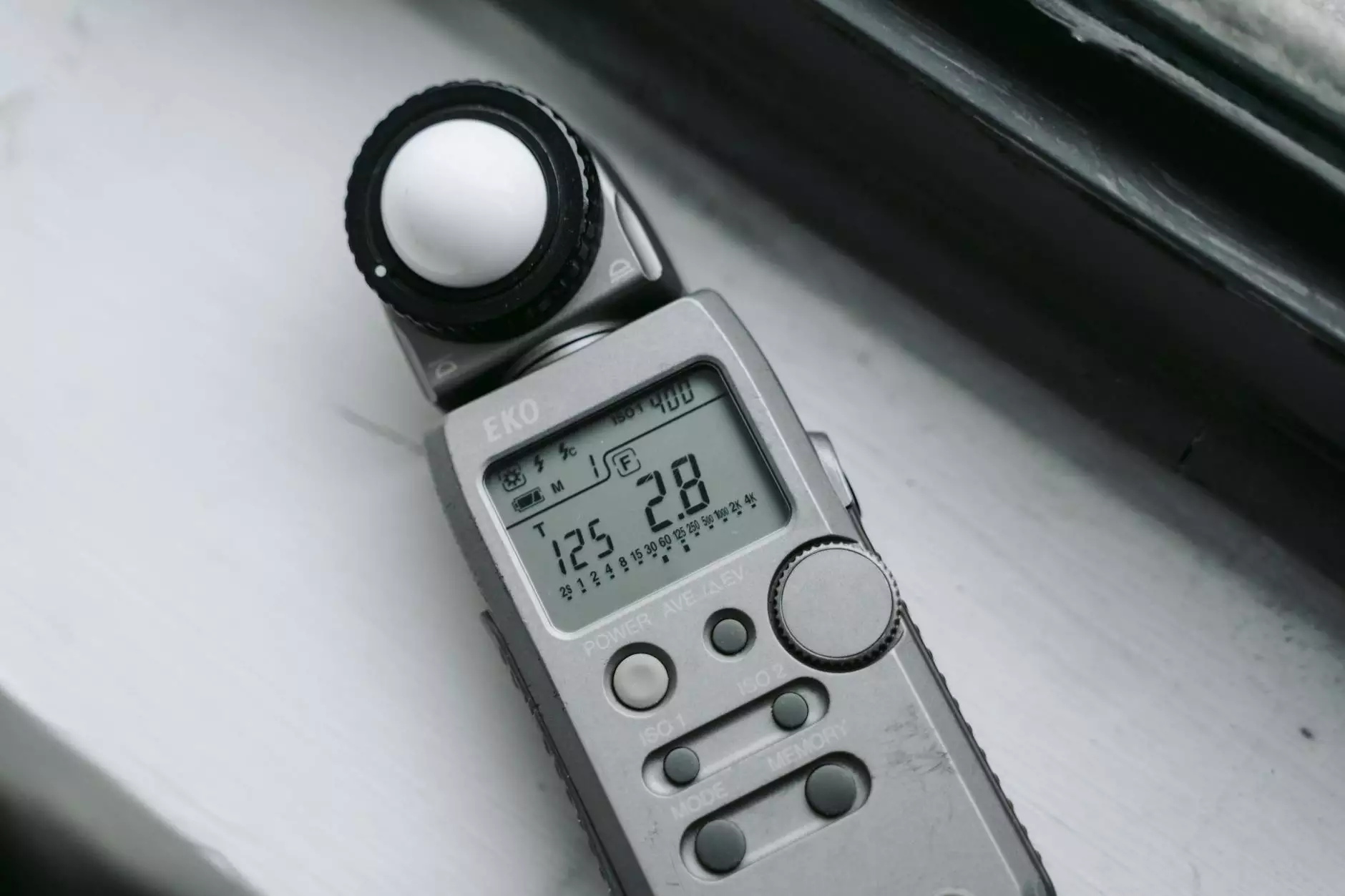The Importance of Non-Slip Concrete Steps

Concrete steps are a common feature in residential and commercial properties, providing a durable and long-lasting way to access different areas. However, one potential downside of concrete steps is their tendency to become slippery when wet, posing a safety hazard to occupants and visitors. In this article, we will explore various methods to make concrete steps non-slip to enhance safety and aesthetics.
1. Cleaning the Concrete Surface
Before applying any non-slip solution, it's essential to thoroughly clean the concrete steps to remove any dirt, grime, or existing coatings that may affect the adhesion of the non-slip treatment. Use a pressure washer or a scrub brush with a concrete cleaner to ensure a clean surface for the best results.
2. Applying Non-Slip Coatings
One effective way to make concrete steps non-slip is to apply non-slip coatings specifically designed for concrete surfaces. These coatings come in various formulations, including epoxy-based and polyurethane-based products. Choose a coating that provides a durable non-slip finish while enhancing the appearance of the concrete steps.
When applying the non-slip coating, make sure to follow the manufacturer's instructions carefully to achieve the best results. Allow the coating to cure properly before allowing foot traffic on the steps to ensure maximum effectiveness.
3. Using Anti-Slip Tape or Strips
Another practical solution to improve traction on concrete steps is to use anti-slip tape or strips. These adhesive-backed products are easy to install and provide an instant non-slip surface on the steps. Choose a tape or strip that is suitable for outdoor use and can withstand varying weather conditions.
4. Incorporating Non-Slip Aggregates
Non-slip aggregates, such as silica sand or aluminum oxide, can be mixed into the concrete sealer or coating to create a textured surface that improves grip and reduces slipperiness. These aggregates enhance the non-slip properties of the coating while maintaining the durability of the concrete steps.
5. Regular Maintenance and Inspection
Once you have implemented non-slip solutions on your concrete steps, it is essential to perform regular maintenance and inspections to ensure the effectiveness of the non-slip treatments. Clean the steps regularly to prevent the buildup of debris or substances that may reduce traction, and inspect the surface for any signs of wear or damage.
Enhancing Safety and Aesthetics
By following these tips on how to make concrete steps non-slip, you can create a safer environment for residents, employees, and visitors while enhancing the overall aesthetics of your property. Whether it's for your home, office, or commercial space, prioritizing safety should always be a top consideration when it comes to concrete steps.
Conclusion
Improving the safety and functionality of concrete steps is a worthwhile investment that can have a significant impact on the overall appeal and usability of your property. By utilizing non-slip solutions and practicing regular maintenance, you can enjoy peace of mind knowing that your concrete steps are safe and slip-resistant for everyone.
how to make concrete steps non slip








